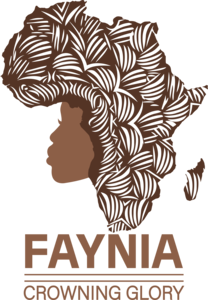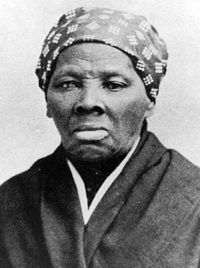Head wraps have a complex history, transcending their modern role as a fashion statement or a quick fix for a bad hair day. During the 18th and 19th centuries in America, their significance was profound and multifaceted, deeply entwined with the lives of enslaved African Americans.
In the years of the American Revolution (1775-1783), slavery was institutionalized as a racial caste system, imposed not only on Africans but also on all people with African ancestry. During this period, head wraps symbolized poverty and subjugation. For the enslaved, however, they also represented empowerment and personal distinction.
According to an article from PBS, head wraps, or turbans, were initially worn by both enslaved men and women. Over time, they became predominantly a female accessory. To white European masters, these head wraps were signs of poverty and subordination. Masters often allotted extra handkerchiefs to their female slaves specifically for this purpose. In certain Southern regions, legislation even mandated that black women wear their hair bound in this manner.
Yet, the head wrap was more than just a symbol of enslavement. In various parts of Africa, particularly West Africa, embellishment of the head and hair was a central component of dress. African women, once European fabrics became available, wore head wraps similar to those of their enslaved counterparts in America. These wraps signified communal identity and personal expression, varying in form from region to region.
In America, the head wrap served practical purposes: it protected the hair from harsh elements and helped prevent the spread of lice. However, it also fostered a sense of community among female slaves and allowed for individual expression. The head wrap was thus a complex symbol—an instrument of oppression from one perspective and a tool of empowerment and a memento of freedom from another.
Summarized from an article by Ifeoma Ubby, Head Wraps: From Enslavement to Emancipation
Original article can be read Here

